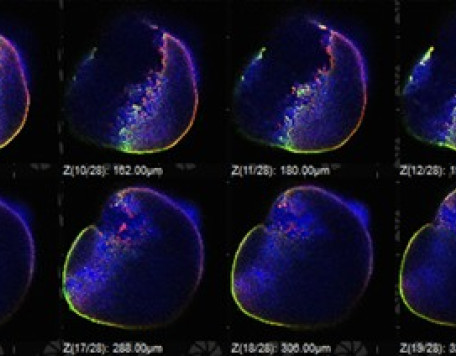© Pint of Science, 2025. All rights reserved.
Our planet is vast, diverse and rapidly changing. Now more than ever we need innovative approaches to take the pulse of Planet Earth. But how do we keep track of what is going on in Earth's most remote and extreme environments? And how do we make sense of these measurements once we have them? Tonight, we explore the challenges and need for remote sensing of our environment. Join us to find out how we should really measure earthquake magnitude and behaviour as well as how the reflectivity of icesheets impacts our changing planet
What's the Speed of Ice?
Ben Wallis
(Postgraduate Researcher at Leeds University Institute for Climate and Atmospheric Science)
Antarctica is home to the world’s largest glaciers, discharging billions of tonnes of ice into the ocean every day. But it’s also a cold, desolate and hard to reach place, so how do we know what’s going on when no-one is there to watch? Come along to this talk to find out how satellites allow scientists to measure the speed of ice all year round and monitor Antarctica’s response to a changing climate.
The Dark Side of the Greenland Ice Sheet
Dr Jim McQuaid
(Associate Professor of Atmospheric Composition)
We often think of glaciers as a white, clean surface of ice. However, ice sheets and glaciers can in fact be coloured! In Greenland, the ice is becoming darker and absorbing more solar radiation, causing it to melt at an ever-increasing rate. As our climate changes, Earth Observation techniques are being used to work out why and how ice sheets are darkening. Join us to hear more about these techniques and how darkening ice sheets could impact our changing planet
Map data © OpenStreetMap contributors.
Other The Social events
2025-05-20
Blurred Boundaries: Where Science, Art, & Music Collide
The Social
21 Merrion Street, Leeds, LS2 8JG, United Kingdom
2025-05-21
Neuroscience frontiers: Mini-brains and zapping pain away
The Social
21 Merrion Street, Leeds, LS2 8JG, United Kingdom




